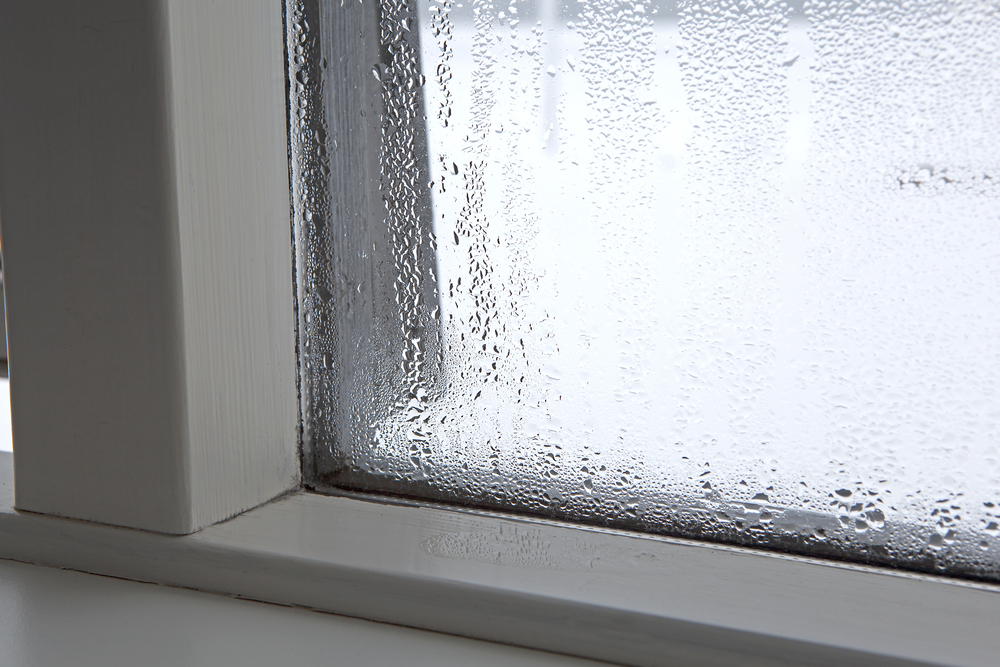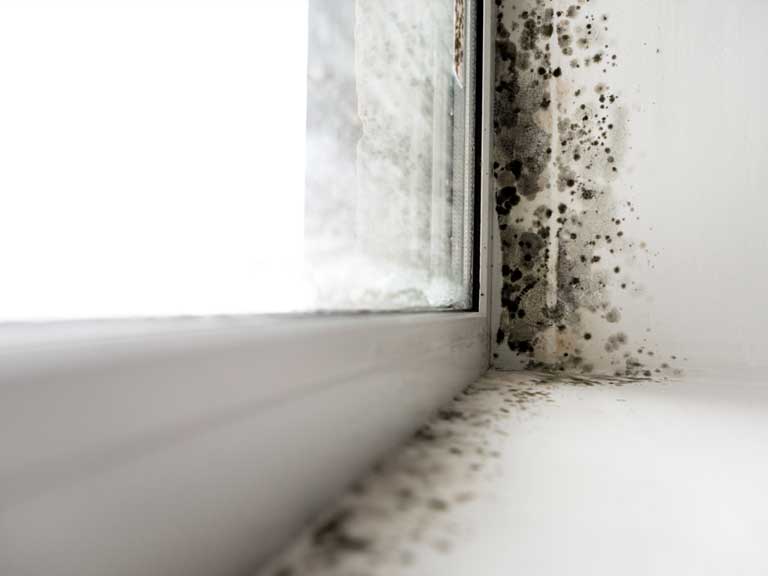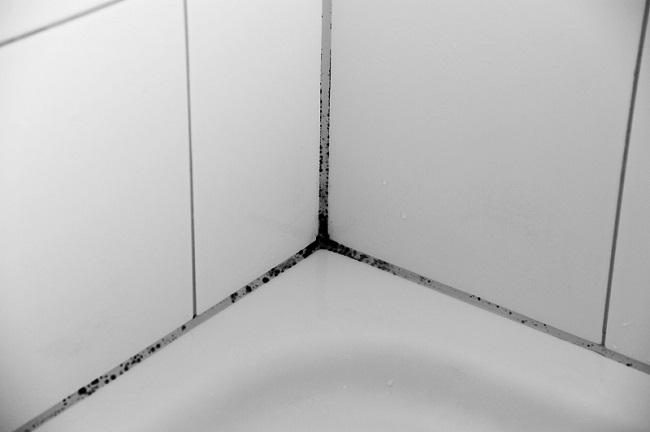Damp is a common issue within homes, but most of the time it can easily be prevented by ensuring your house is properly vented and air is allowed to circulate.
This article will explain what you can do to prevent damp in your home. Important – please notify us if you spot any damp in your house so we can rule out any more serious (rising or penetrative) first.
What causes damp
The majority of our homes are 1900 terraced houses. When these houses were first built, they had open fire-places, single glazed windows and open vents – all of which allowed the house to ‘breathe’ and air circulate in and out of property.
Today, many houses have the fire-places blocked up, double glazed windows and blocked vents (to keep the heat in). This causes issues with moisture and doesn’t allow the house to ‘breathe’.
So for example, if you have a shower or dry clothes on a radiator, the moisture in the air does not leave the house, instead hitting the walls or the windows and causing damp.

The above image shows a window with condensation on it, but when this same air hits a wall, it makes the wall wet thus damp. This typically manifests in a wet wall, and resulting mould growth.

You may also see this in your bathroom or kitchen on the tiles themselves.

Preventing damp in your home
Damp can be minimised by following a few simple steps:
- Try to open your windows in your house as often as you can, this allows the house to breathe and air moisture to escape through the window.
- When you are taking a bath or a shower, open your bathroom window to allow the moisture to leave the house.
- Don’t try your clothes on radiators in the house, dry your clothes outside where you can and if you can’t, open your windows to allow the resulting moisture to leave the house.
Further information or help
If you spot any damp in your home, in the first instance please let your Holloway Residential agent know, and we will assess it. If you have any questions or queries about damp and/or preventing damp in your home please contact your agent or contact us here.
Also see the UK governments guidance here.
